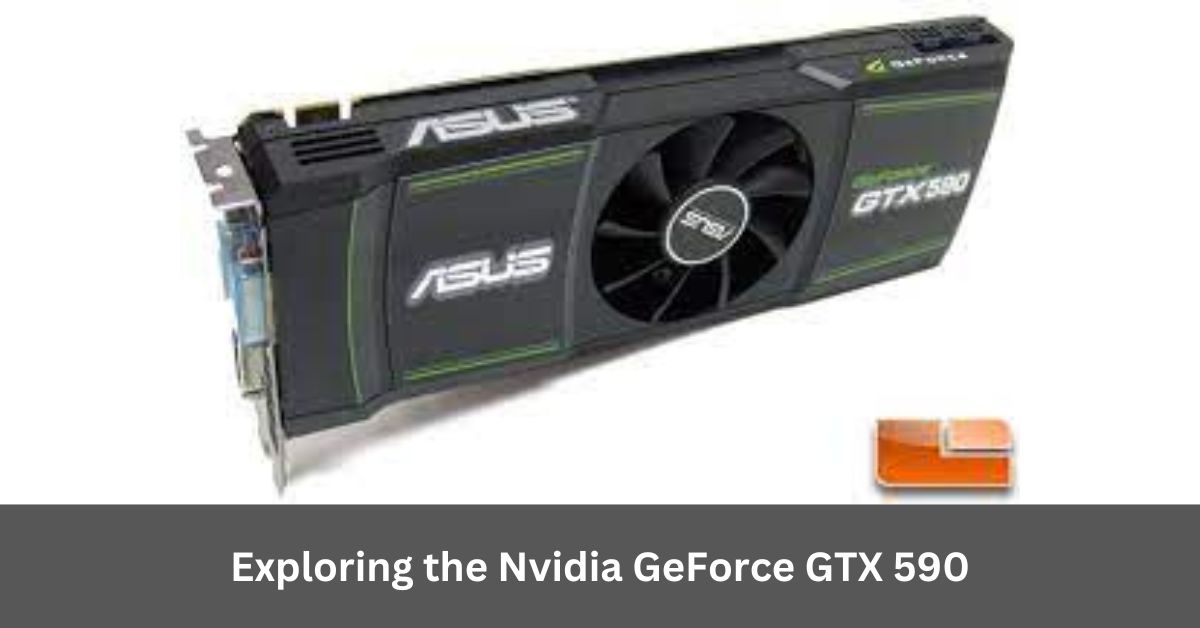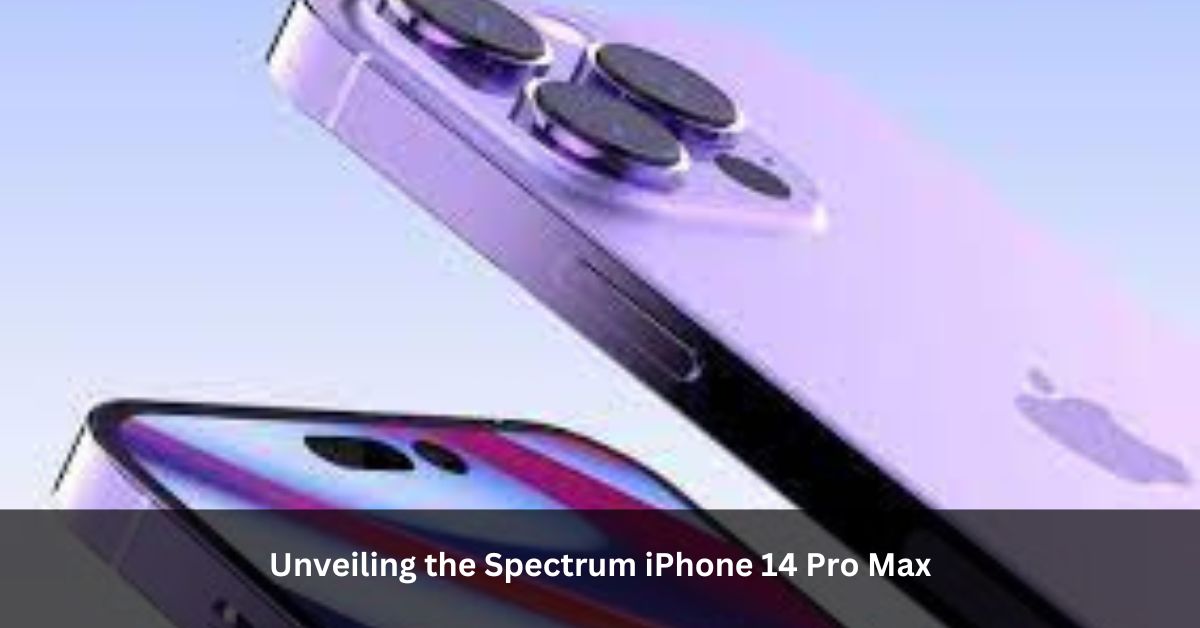In light of the ongoing discussion surrounding the exorbitant prices of modern graphics cards, many enthusiasts find themselves reminiscing about the days when GPUs were more budget-friendly. With new GPUs often selling well above their suggested retail prices (MSRP), it’s understandable that consumers may consider turning to older graphics cards as a cost-saving measure.
Today, we delve into the realm of classic GPUs with a spotlight on the Nvidia GeForce GTX 590. Despite being over a decade old, the GeForce GTX 590 remains relevant in certain aspects of modern computing. While it may not boast the sheer power of newer 900-series or 1000-series GPUs, the GTX 590 holds a legendary status from its era and still offers viable performance for certain users.
Key Points of nvidia geforce gtx 590:
1. GTX 590 Overview:
- The GTX 590 is based on the GF110 graphics processor and was initially intended as a significant upgrade to the GTX 580 graphics card.
- It boasts twice the VRAM and transistor count compared to its predecessors, resulting in significantly improved performance.
2. Power Consumption:
- Despite its enhanced performance, the GTX 590 is notorious for being power-hungry. Therefore, if budget is a primary concern, it may not be the most cost-effective option.
- 3. Current GPU Market:
- Rising GPU prices in today’s market have led many users to consider older graphics cards as more affordable alternatives.
- Despite its age, the GTX 590 remains a viable option for some users due to its historical significance and performance capabilities.
3. Relevance Today:
- While the GTX 590 may not match the power of newer GPU models like the 900-series or 1000-series, it still holds relevance for certain applications and gaming needs.
- Its longevity and continued usability after 11 years speak to its durability and ability to handle modern games to some extent.
Honeywell thermostat reset: A Guide to Resetting and Resolving Temperature Issues
Nvidia GeForce GTX 590: A Brief History!
The Nvidia GeForce GTX 590 is rooted in the GF110 graphics processor, originally envisioned as a significant upgrade over its predecessor, the GTX 580. The GTX 580 replaced the aging GTX 480, marking a pivotal moment as one of the earliest GPUs to adopt the new architecture and feature DirectX 12 capability.
What sets the GTX 590 apart is its utilization of two separate GF110 processors operating in tandem. This configuration, akin to SLI (Scalable Link Interface), was a popular method at the time to enhance performance by leveraging multiple GPUs simultaneously.
Nvidia’s decision to integrate two graphics chips onto a single board effectively mirrored the performance of running two older 400-series cards in SLI.
The announcement of the GTX 590 was met with widespread enthusiasm among gamers due to its significant performance boost.
Nvidia’s innovative approach contrasted sharply with the competition from AMD, notably the Radeon HD 6970 released just a few months earlier.
Despite initially leading the market, the Radeon HD 6970 was quickly overshadowed by the superior performance of the GTX 590 upon its release on March 24th, 2011, leaving AMD trailing behind in the rivalry between the two chip makers.
What are Amazon mystery boxes? How to buy it
Nvidia GeForce GTX 590: What Are the Specs?
To gauge the performance level of the Nvidia GeForce GTX 590, let’s compare it to its predecessor, the GTX 480. The table below outlines the specifications of both GPUs:
| Specifications | GTX 480 | GTX 590 |
| Graphics Processor | GF100 | GF110 (x2) |
| Shader Cores | 480 | 512 (x2) |
| TMUs | 60 | 64 (x2) |
| ROPs | 48 | 48 (x2) |
| Process Size | 40 nm | 40 nm |
| Transistors | 3.1 billion | 3 billion (x2) |
| L2 Cache | 768 kb | 768 kb (x2) |
| VRAM Type | GDDR5 | GDDR5 |
| VRAM Capacity | 1536 MB | 1536 MB (x2) |
| Bus Width | 384 bit | 384 bit (x2) |
| Graphics Clock | 701 MHz | 608 MHz |
| Shader Clock | 1401 MHz | 1215 MHz |
| Memory Clock | 924 MHz | 854 MHz |
| Pixel Rate | 21.03 Gpixels/s | 19.46 Gpixels/s |
| Texture Fill Rate | 42.06 GTexel/s | 38.91 GTexels/s |
| FP-32 Performance | 1,345 GFLOPS | 1,244 GFLOPS |
Comparing these specifications provides insight into the improvements and differences between the Nvidia GeForce GTX 480 and the GTX 590.
Power, Cooling, and Connections of Nvidia GeForce GTX 590:
The Nvidia GeForce GTX 590 boasts significant improvements over its predecessor, particularly in terms of performance and connectivity. Let’s delve into the key aspects of power, cooling, and connections offered by this graphics card:
Unveiling the Google Pixel Slate m3: A Comprehensive Analysis
- Performance Enhancements: One of the most striking differences between the old and new generations is the doubling of every aspect in the GTX 590. With twice the VRAM and transistor count, the performance offered by the newer card is substantially greater. Despite the impressive enhancements, Nvidia had to lower the clock speeds to prevent overheating due to the inclusion of two graphics processors on one board. This adjustment, however, is a small price to pay for the added processing power.
- Power Consumption: Compared to newer graphics cards, the GTX 590 consumes a considerable amount of power. Those aiming to build an energy-efficient PC may find this card unsuitable. With a TDP rating of 365 watts, the GTX 590 demands a robust power supply of at least 750 watts, along with two available 8-pin power connectors. Its power-hungry nature necessitates careful consideration of power supply requirements.
- Cooling System: Despite its high power consumption, the GTX 590 features an efficient cooling system. Two large heatsinks sit atop each processor, dissipating heat effectively with the assistance of a large central fan. While the card remains relatively silent when new, maintenance is crucial to ensure optimal performance over time. Dusty fans or degraded thermal paste can lead to increased noise levels and reduced cooling efficiency.
- Connectivity Options: The GTX 590 offers ample connectivity options for users seeking multiple gaming monitor setups. It supports up to three displays simultaneously, featuring three DVI ports and a mini DisplayPort. The dual-link DVI connections enable high-resolution display configurations, catering to the needs of gamers and multimedia enthusiasts alike.
In summary, the Nvidia GeForce GTX 590 excels in performance, cooling efficiency, and connectivity, making it a compelling choice for users seeking a robust graphics solution for gaming and multimedia applications. However, its power-hungry nature and cooling requirements warrant careful consideration during system setup and maintenance.
Pricing and Gaming Performance of Nvidia GeForce GTX 590:
Price Evolution: Initially priced at $699 in 2011, the Nvidia GeForce GTX 590 has significantly decreased in cost over the past decade. Unaffected by the current GPU market craze, you can now find a GTX 590 for under $200, making it a budget-friendly option for gaming enthusiasts.
The used market also offers plenty of choices for this card, although buyers should exercise caution due to potential wear and tear from prolonged use. Replacing the thermal paste between the graphics chip and heatsink is advisable to prevent overheating issues commonly associated with aging GPUs.
Amazon Product Tester: A Complete Guide
Gaming Capability: While the Nvidia GeForce GTX 590 technically supports DirectX 12, its full compatibility is limited to DirectX 11 games. Modern titles requiring complete DirectX 12 support may encounter compatibility issues or unreliable performance. However, the GTX 590 still holds its own when it comes to gaming, particularly with older or less demanding titles. Benchmarks from older games demonstrate decent performance, especially in 1080p resolution. Although 4K gaming is not feasible with this card, its 3GB of total graphics memory ensures smoother gameplay in texture-filled and detailed environments.
Benchmark Results: Overall, the benchmarks reveal satisfactory gaming performance for the Nvidia GeForce GTX 590, considering its age. The dual-chip architecture contributes to enhanced performance, making it suitable for vintage gaming setups or enthusiasts who prefer older titles. Additionally, less demanding newer games should run adequately on the GTX 590, thanks to its advanced architecture.
In conclusion, while the Nvidia GeForce GTX 590 may not meet the demands of the latest AAA titles, it remains a viable option for budget-conscious gamers and those with a preference for older games. Its affordability and respectable gaming performance make it a compelling choice for building retro gaming rigs or enjoying classic titles with enhanced graphical fidelity.
The Final Verdict:
The decision regarding whether to invest in the Nvidia GeForce GTX 590 hinges on your specific gaming preferences and budget constraints. For gamers seeking to immerse themselves in the latest titles, there exist superior GPU options such as the GTX 1060-6GB or the GTX 1050-Ti, which offer better performance at a similar price point. Additionally, AMD provides competitive budget alternatives that may outperform the GTX 590 in certain scenarios.
However, if you stumble upon a compelling deal for the GTX 590 and have a penchant for retro gaming, it could be a worthwhile purchase. It’s important to note that the GTX 590’s substantial power consumption and space requirements relative to its performance level make it less appealing for those prioritizing budget-conscious and space-efficient builds.
Note: EVGA, a trusted Nvidia partner renowned for high-quality products since 1999, offers reliable options. Though the specific Nvidia card might not be available on Amazon, the EVGA brand remains a dependable choice.



